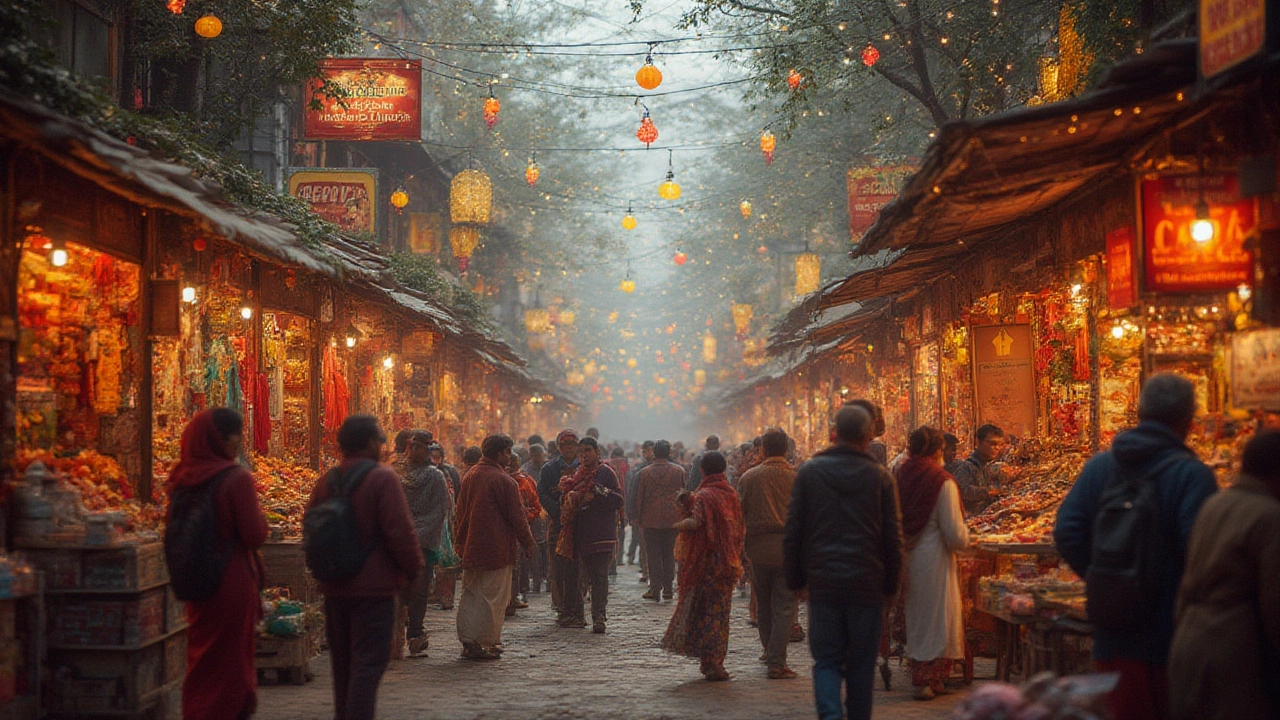
Find out why December is the most expensive month to visit India, how prices skyrocket, and ways to dodge massive costs during high season travel.
When planning India vacation costs, the total amount you’ll spend on transport, accommodation, food, visas and extra fees while traveling across the subcontinent. Also known as India travel budget, it helps you decide how far your money can go before you even book a ticket. Knowing the budget up front lets you match your travel style to what you can actually afford, whether you’re eyeing a luxury stay in Goa or a backpacker hostel in Hampi. India vacation costs are not a one‑size‑fits‑all number; they shift with the season, the region you choose and the kind of experiences you crave.
The first big driver is the exchange rate, the value of foreign currency against the Indian rupee. A stronger dollar or euro means more rupees in your pocket, which can turn a modest budget into a comfortable one. For example, when $1 USD fetches around 83 INR, a daily food allowance of 2,000 INR feels like just $24. Keep an eye on forex news, use local ATMs for better rates, and avoid airport exchangers that charge steep fees.
Next up is travel safety, the set of precautions and local insights that keep tourists secure while moving around India. Safety doesn’t directly add to the bill, but it influences where you stay and how you move, which in turn affects costs. Staying in well‑reviewed hotels, using reputable rideshare apps, and avoiding isolated night travel can prevent unexpected expenses like emergency medical bills or lost luggage replacements.
Health considerations are another hidden cost layer. malaria prevention, measures such as prophylactic medication, mosquito nets and repellents that protect travelers from malaria‑prone regions can add a few dollars per day but save much more if you fall ill. Certain states—especially in the northeast and parts of central India—have higher malaria risk, so checking the latest health advisory and packing the right meds is a smart budget move.
Finally, visa fees, internal transport and activity charges complete the picture. US citizens, for instance, pay a standard e‑tourist visa fee that varies with the length of stay, while Indian nationals need only a simple ID proof for domestic travel. Train tickets, especially on premium routes, can be a bargain if booked early, whereas flights between major hubs may spike during festivals like Diwali.
All these pieces—exchange rates, safety practices, health precautions and visa rules—interlock to form a realistic view of what you’ll actually spend. Below you’ll find a curated set of articles that break down each element, compare costs for different traveler types, and hand you actionable tips to stretch every rupee on your next Indian adventure.

Find out why December is the most expensive month to visit India, how prices skyrocket, and ways to dodge massive costs during high season travel.